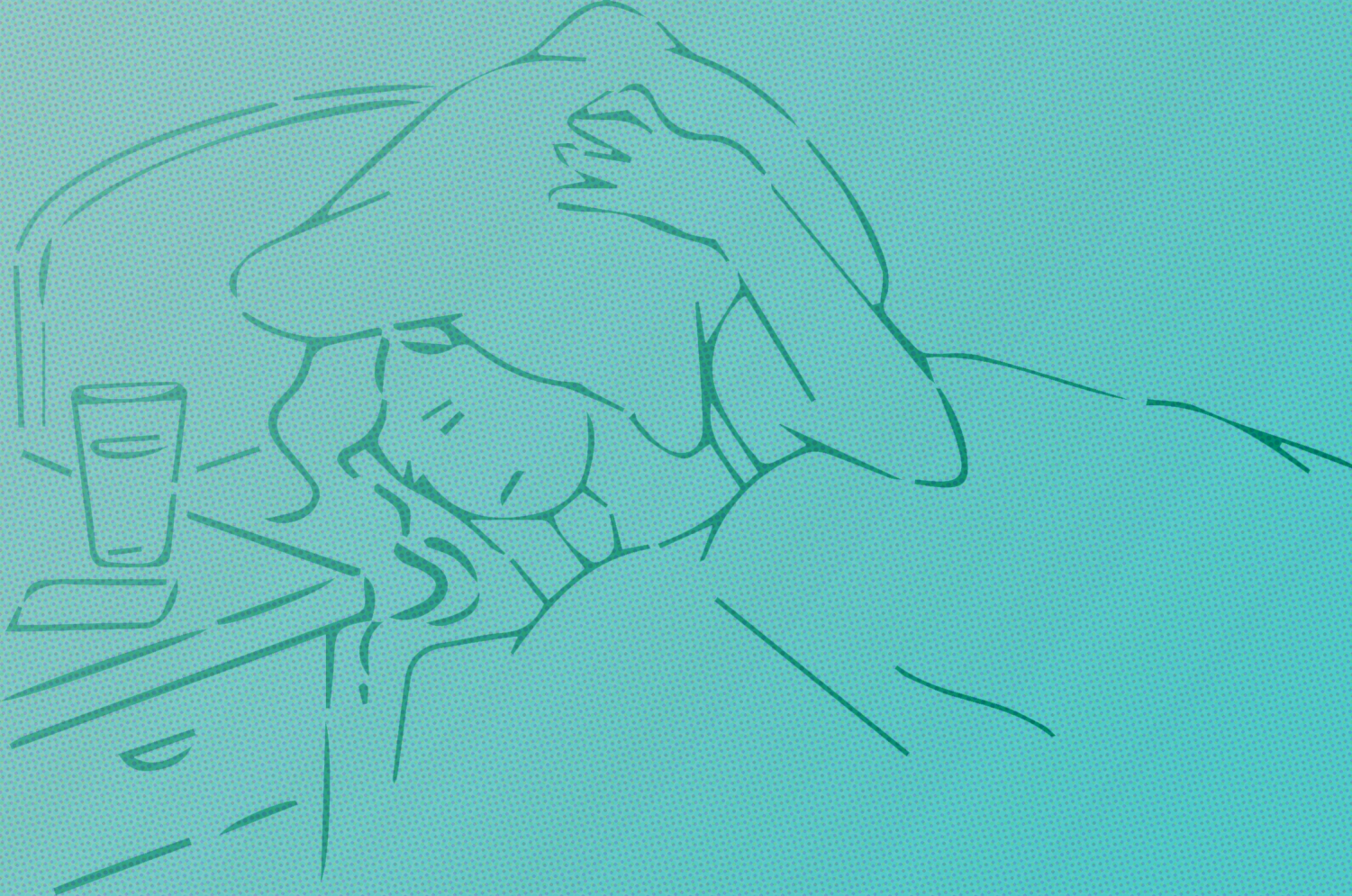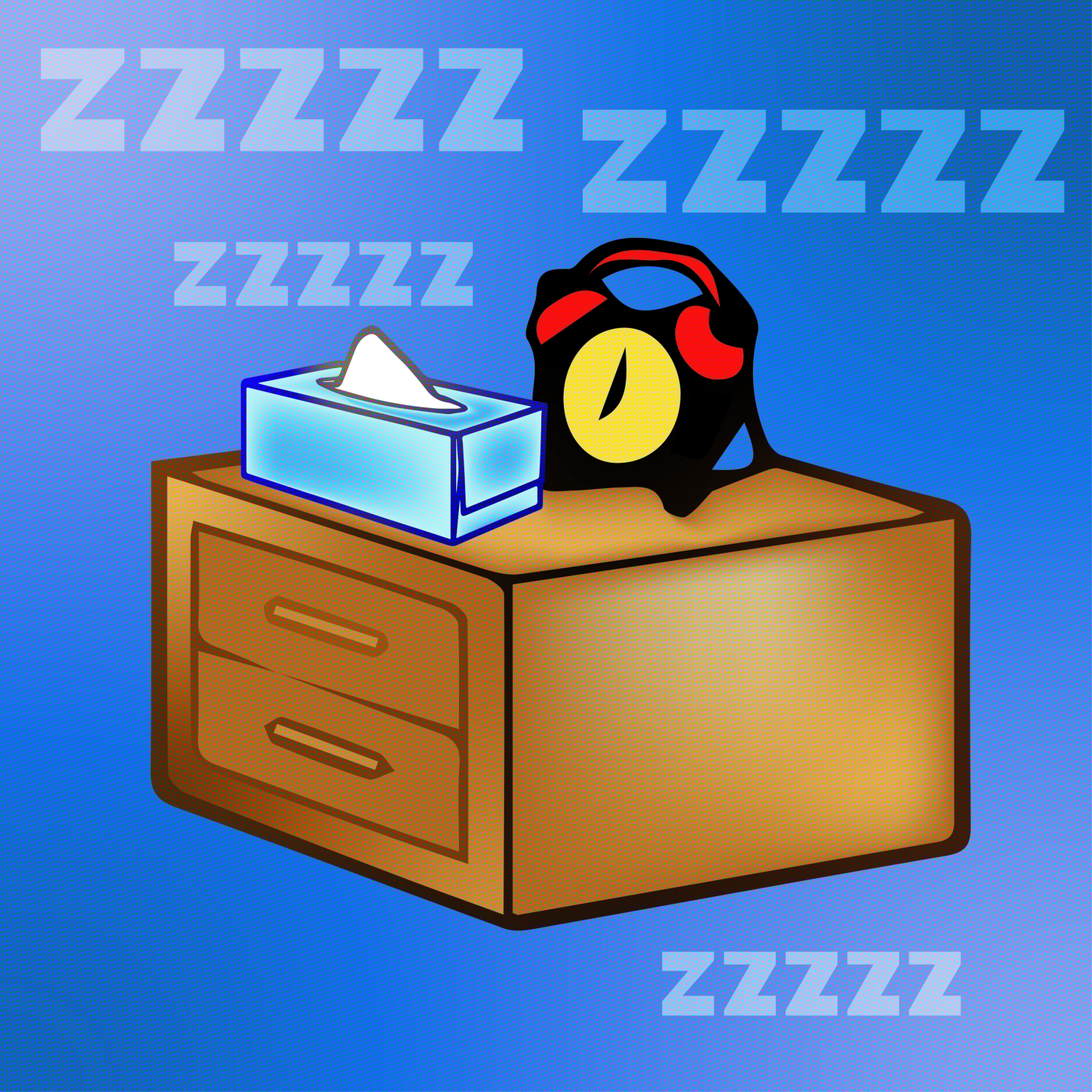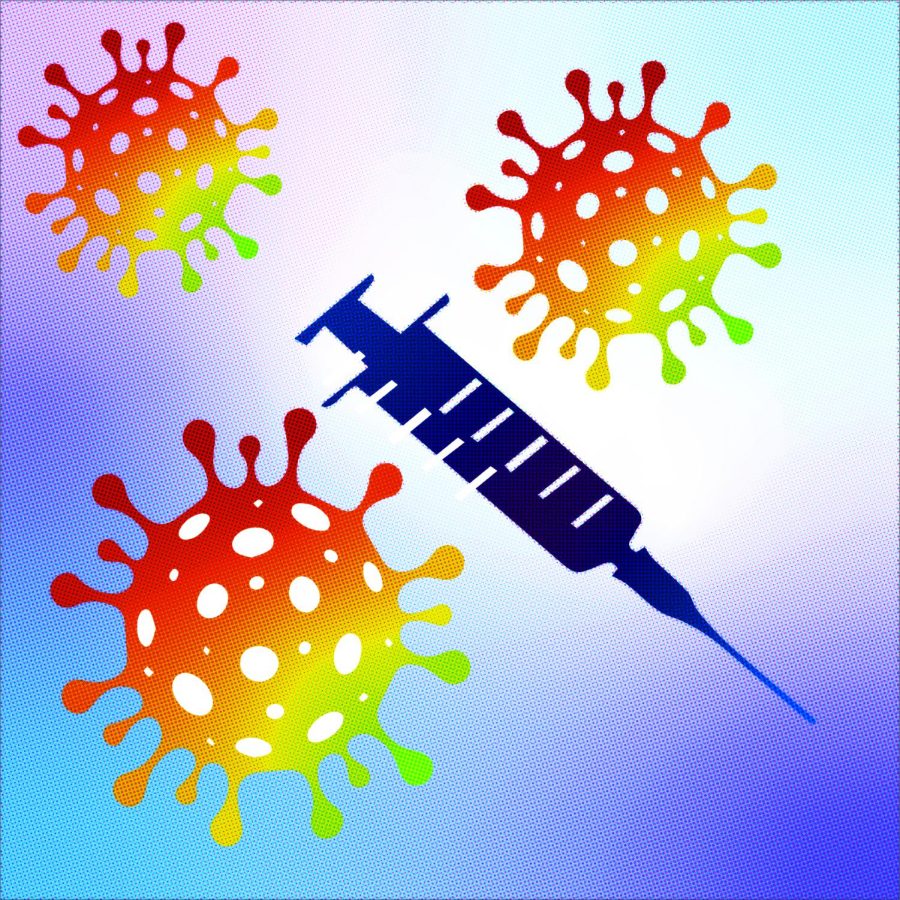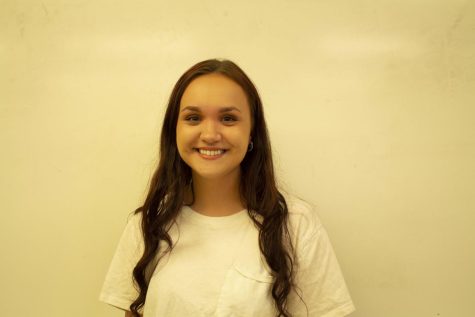I tested positive for COVID on March 19, after visiting extended family in Nevada during spring break. It was my first time catching the virus. I thought that it was a minor setback. Afterall, I am 20 years old with no underlying health conditions.
My family and I knew the risks, we took every precaution we could think of, but we still got sick. It had been two years since we had seen our family. We thought with decreases in infections and spikes, the risk of getting sick was less likely, that since we are vaccinated and boosted, some of us even twice, that even if we did get sick — it would be less severe. We were wrong.
Following the first positive test, I knew I would have to quarantine and attend classes online for five days under campus and CDC policy. It was stressful to think about catching up. However, I had no choice and found comfort that it was only supposed to be five days and not two weeks. Unfortunately, I was very wrong.
I was still positive after five days of quarantine. Although, I was thankful a lot of my symptoms had cleared up. My eardrums didn’t feel like they were about to burst, my throat stopped burning and the congestion cleared up.
However, I was still wheezing while walking up and down the stairs. My lungs were tight and burned with every breath. I was so fatigued that I slept at least 12 hours each night, napped multiple times throughout the day and still found myself trying not to drift off during Zoom classes. These residual symptoms lasted for five weeks, which meant I had the “long-haulers” long-term effects.


After three weeks, my tests were finally negative and it was time to return to campus. I still had discomfort in my lungs, the fatigue continued to plague what felt like every minute of my life, but I was falling behind in most of my classes and felt an internal pressure to go back.
I am a naturally anxious, high-stress person. Those three weeks of doing what I could to stay on my work, but not enough to keep up as I would if I had been in person, took a toll on my mental health. I would spiral into the cycle of: if I can’t catch up I will fail, if I fail I will need to take another semester. School is so stressful I don’t know if I can handle another semester.
I have trouble balancing my wellbeing with pressure from the expectations I put on myself, so I returned to campus both eager and dreadful.
The first week was a struggle. I woke up tired, yawning and ready to go back to sleep the second my eyes opened, but I forced myself to go to class where I couldn’t even focus. I would nap between classes, the walk back to my apartment backfiring and making my fatigue worse and my lungs hurt even more.
People don’t realize that although life may have gone back to normal for them, the reality is that for those who are immunocompromised or have loved ones that are, this is far from over. It may never be over.
Seven weeks later and I still deal with chronic fatigue. I leave my apartment 20 minutes earlier than I used to so I can get to class on time. Most days I wake up and yawn instantly and it’s a constant battle to focus throughout the day. I expected this based on other people’s experiences, but I didn’t realize how much it would impact my day-to-day life. The rational part of me knows that this probably won’t last forever, but the part of me that is constantly tired feels different.
This experience was a wakeup call for me. I knew a lot of people died from COVID. This reinforced that no one’s experience is the same. It’s more severe for some than it is for others, regardless of age or health, and I am an example of this. Two years into the pandemic, this idea is still downplayed, invalidating the fact that people still have to deal with COVID.
Returning to campus and seeing students cramped in the hallways worries me sometimes. I know that since I had COVID the chance of getting infected again was lowered, but not zero like many people think. Although masks on campus have become optional, there are still high-risk situations where they’re not required, such as in small lecture halls with over 50 students.
I know that people can’t wear masks forever, but there are still ways to stay safe while slowly returning to pre-pandemic life.
Take steps to stay safe and protect yourself and those around you. You never know someone’s situation or how severely the virus may affect them.
Carrington Power can be reached at orionmanagingeditior@gmail.com.








RG // Jun 20, 2022 at 12:34 pm
It is unfortunate, and shortsighted, that the long term impacts (eg long-COVID) have not been consistently highlighted by our health agencies, media, and medical community. With so much focus being on “hospitalization and death”, we have failed to properly convey the frequency and potential severity of ongoing disease after even mild courses of infection. It’s really no wonder everyone is acting like the pandemic is over. The long term implications (population health, health care system burden, health care cost) are likely to be significant.